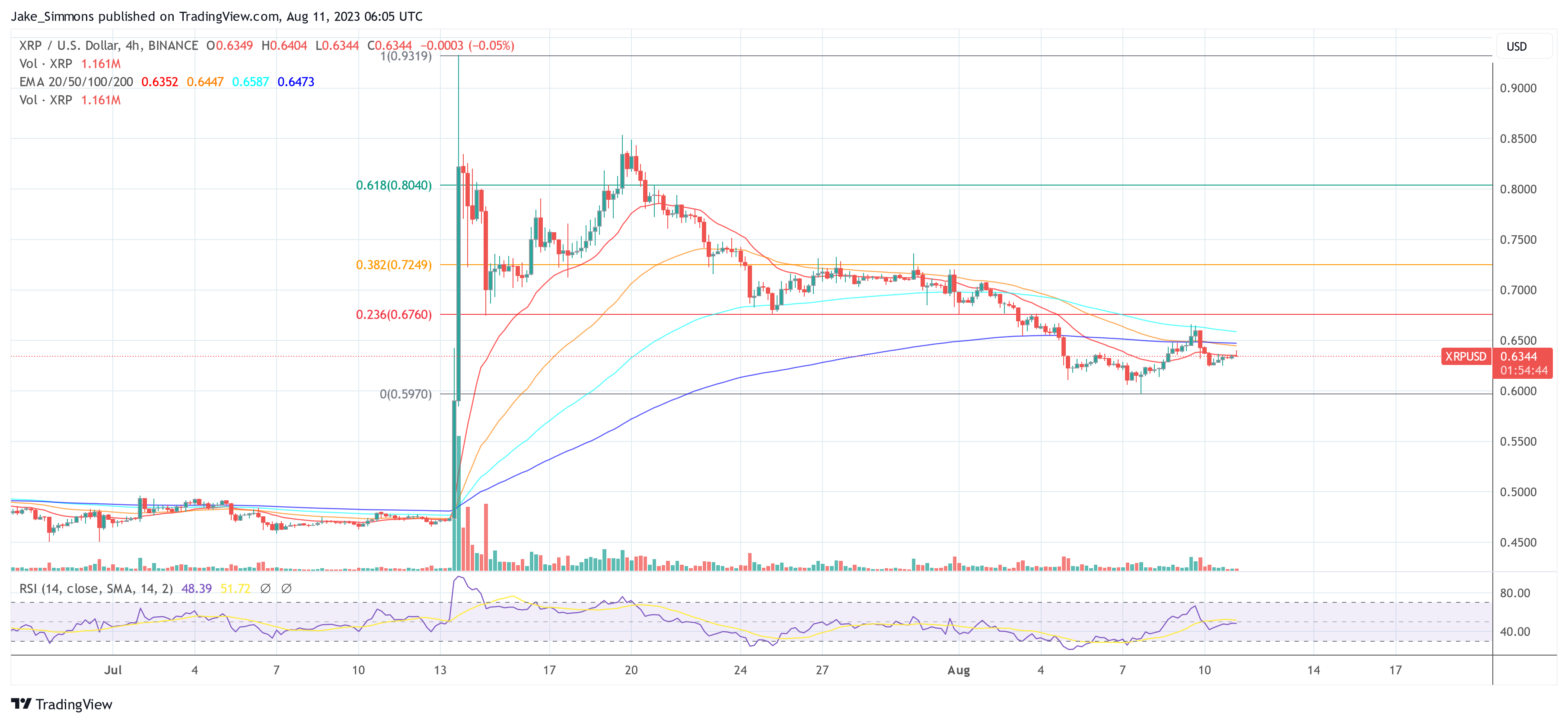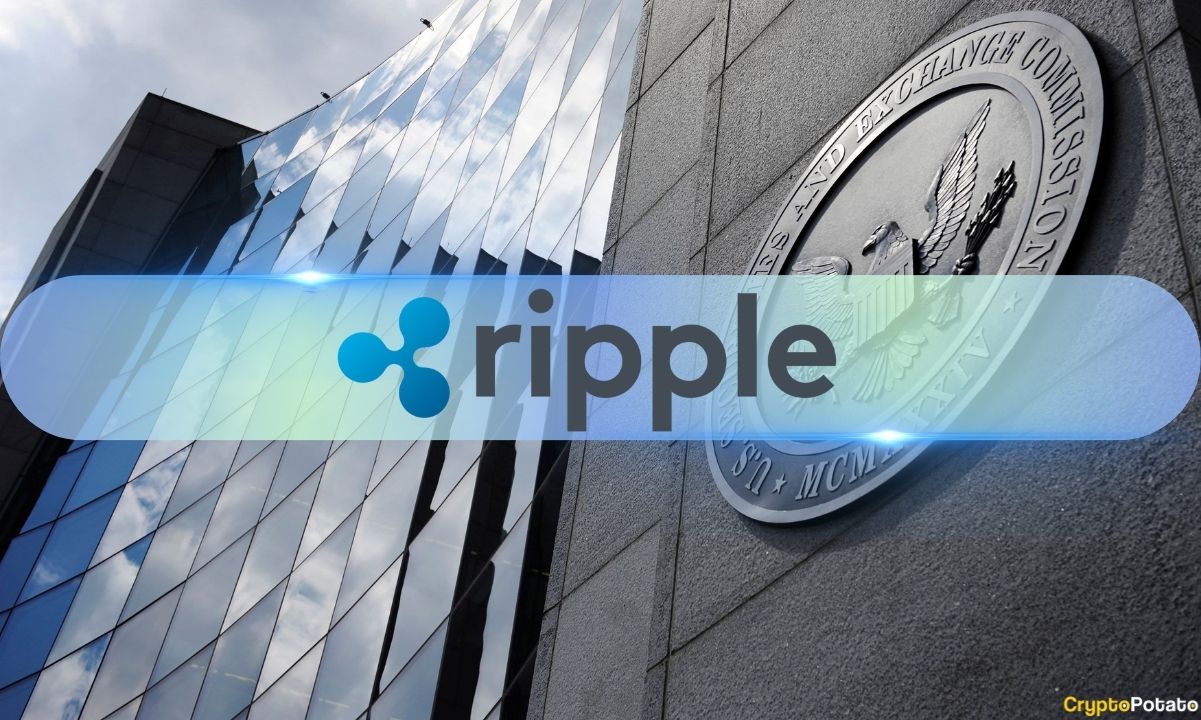Shibarium Update: Shiba Inu’s Next Big Step and Price Leap?
The price of Shiba Inu recently has been on the rise. In the past month alone, Shiba Inu price managed to increase by more around 30%. Behind this meteoric rise stands 1 buzzword: Shibarium. What happened to Shibarium? Let’s dive into this Shibarium update article.
Shibarium Update: A Transformative Layer for Shiba Inu
Shibarium isn’t just another buzzword in the expansive SHIB ecosystem. It represents Shiba Inu’s very own layer-two solution, a scaling solution designed to enhance the blockchain’s transaction capacity and speed. With the increasing adoption and congestion on primary blockchain networks, layer-two solutions like Shibarium can significantly decrease transaction fees, enhance user experience, and open doors to new functionalities.

Why Shibarium Matters for the Shiba Inu Ecosystem
The introduction of Shibarium is not just a technical upgrade; it’s a pivotal strategic move for the Shiba Inu project. It addresses some of the most pressing concerns in the crypto space, such as high gas fees and slow transaction times, by providing an efficient alternative.
Moreover, Shibarium’s introduction signifies Shiba Inu’s ambitions beyond being just a meme coin. It is a testament to the project’s commitment to innovation and scalability, aiming to solidify its position in the ever-competitive crypto market.
Shibarium News and Shiba Inu Price Relation
The correlation between SHIB’s price surge and the buzz around Shibarium cannot be ignored. As the Shiba Inu ecosystem readies itself for the full-scale launch of Shibarium, market sentiments appear to be increasingly bullish. Traders and investors recognize the potential of a scalable Shiba Inu network, which could invite more applications, partnerships, and user adoption.
The growing number of SHIB holders, as evidenced by the 3.53 million addresses and the commitment shown by long-term holders, further showcases the community’s belief in the token’s potential trajectory.
Shiba Inu’s Meteoric Rise
Shiba Inu, affectionately known as SHIB, has taken the crypto world by storm, especially in recent weeks. Once seen as a meme token playing second fiddle to Dogecoin, SHIB has forged its own path, catching the attention of traders, investors, and enthusiasts alike. Over the past week, Shiba Inu prices have skyrocketed, with SHIB recording a surge of more than 20%. This rally has brought the token tantalizingly close to the significant milestone price of $0.00001, a feat unimaginable to many when the token was first launched.

Read More

Ethereum Tanks Nearly 50% As Bitcoin Holds Stronger In Q1
Ripple Vs. SEC: 3 Scenarios What Could Be Next

The legal battle between Ripple and the U.S. Securities and Exchange Commission (SEC) has been a focal point for the crypto community, and the recent developments have only intensified the spotlight. The SEC’s request for an interlocutory appeal has stirred a whirlwind of analysis, with legal experts weighing in on the potential outcomes and their broader implications. Drawing from the insights of the lawyers James “MetaLawMan” Murphy, Bryan Jacoutot and Bill Morgan, let’s dissect the possible scenarios that could play out.
Scenario 1: Ripple Opposes the Interlocutory Appeal
MetaLawMan’s analysis suggests that Ripple’s first option is to oppose the motion to certify the appeal. The foundation of this stance is Ripple’s unwavering confidence in the correctness of Judge Torres’ decision. By opposing the appeal, Ripple would be signaling its belief that the decision aligns perfectly with the company’s legal stance, especially secondary market sales of XRP.
Murphy lays out three reasons why this could be the most likely scenario: First, Ripple does not want to agree with the premise that there is “substantial grounds for difference of opinion” on Judge Torres’ ruling which is part of the legal standard for certifying an interlocutory appeal.
Moreover, there’s a possibility, albeit slim, that a crypto law could be enacted by Congress. Such legislation might redefine the original institutional sales of XRP, characterizing them as non-securities transactions. This redefinition would hinge on the fact that institutional buyers didn’t receive equity or legal rights to participate in Ripple’s profits in exchange for their money.
Third, there might be a change in administration: Looking ahead to 2025, a new administration could bring a fresh perspective to the SEC’s approach to crypto enforcement actions. This could manifest as either an immediate dismissal of the case or a settlement on terms favorable to Ripple, according to Murphy.
Scenario 2: Ripple Agrees to the Interlocutory Appeal
MetaLawMan also raises the possibility of Ripple agreeing with the SEC that an interlocutory appeal could be appropriate. Such a move would be rooted in the acknowledgment of the inevitability of appeals in this case. The pivotal question then becomes one of timing: will the appeals process be initiated immediately, or will it be deferred until after the trial of Brad Garlinghouse and Chris Larsen?
Scenario 2A: Ripple Seeks A Cross-Appeal
Adding a layer of complexity, Ripple could opt for a cross-appeal on the institutional sales claim while agreeing to the interlocutory appeal. The strategic logic here, as outlined by MetaLawMan, is that if the 2nd Circuit were to reverse the SEC’s win on this claim, it would eliminate the need for a trial on aiding and abetting the institutional sales.
Lawyer Bill Morgan also zeroes in on a pivotal aspect of Judge Torres’ decision concerning sales to On-Demand Liquidity (ODL) customers. He underscores the magnitude of this decision, noting that all Ripple sales post-June 2020 were to ODL customers, amounting to a staggering $3 billion post-complaint. Given the financial implications and the SEC’s intent to target this sum, Morgan firmly believes that Ripple must consider appealing this part of Judge Torres’ decision.
Scenario 3: One Step Further
Bryan Jacoutot, partner at Election Law Group, draws attention to the Terraform Labs case, which could significantly influence Judge Torres’ decision. Jacoutot points out that the SEC’s citation of the Terraform case is particularly noteworthy. In this case, the judge “rejected” part of Judge Torres’ analysis, specifically her distinction between institutional sales and “programmatic sales.” This rejection is not just a minor disagreement; it challenges the very foundation of Judge Torres’ ruling in the Ripple case.
Given this intra-district dispute between the XRP decision and the Terraform decision, Jacoutot believes that the current case is a prime candidate for an interlocutory appeal. If Judge Torres accedes to the SEC’s request, it would set the stage for the 2nd Circuit Court of Appeals to weigh in on this pivotal matter.
Furthermore, Jacoutot emphasizes the potential streamlining of the appellate process if the interlocutory appeal is granted. This would mean a more expedited and definitive ruling on whether Torres’ novel “blind bid/ask” Howey theory stands up to scrutiny.
At press time, the XRP price remained in its sideways trend, trading at $0.6344.



